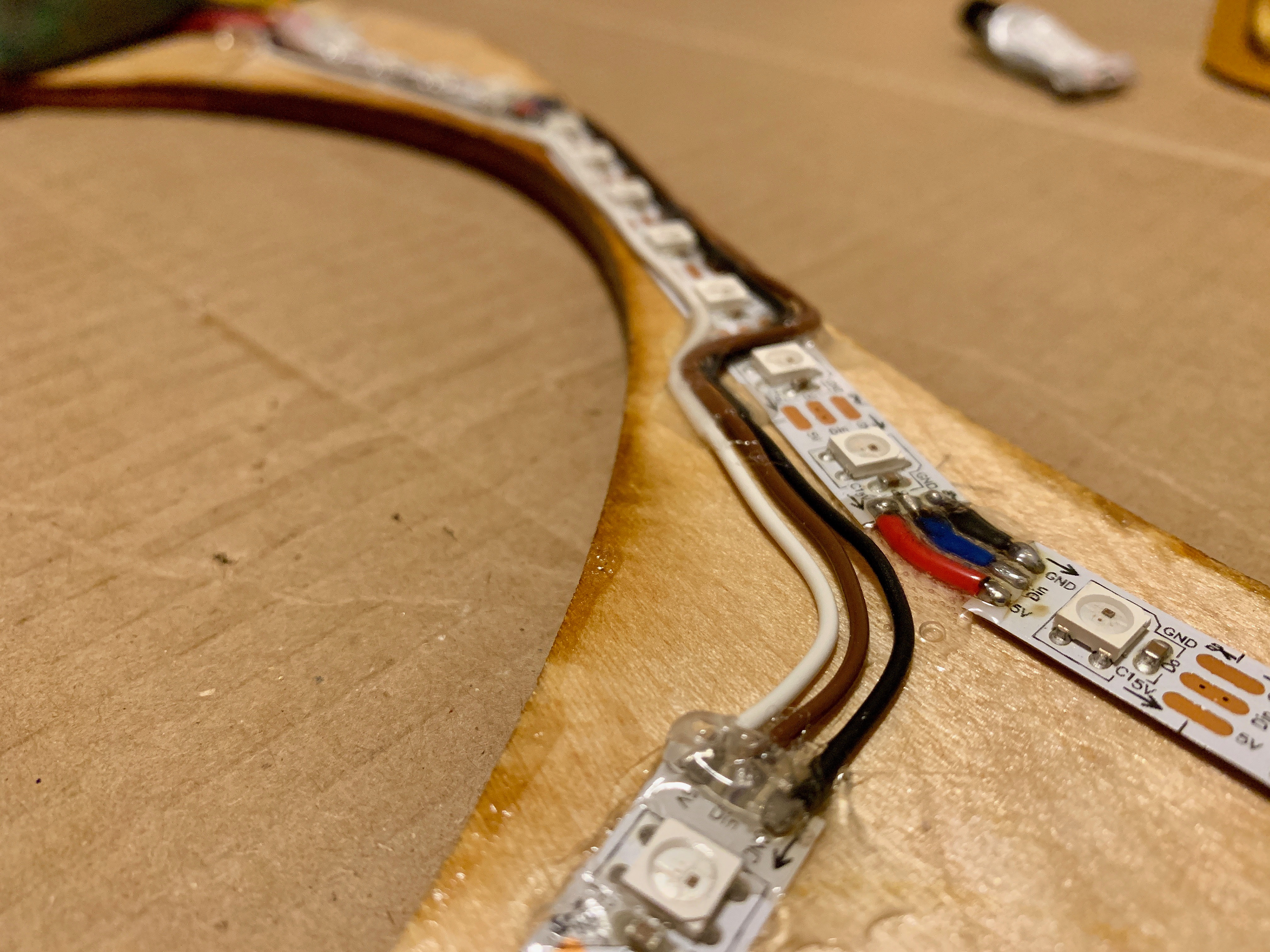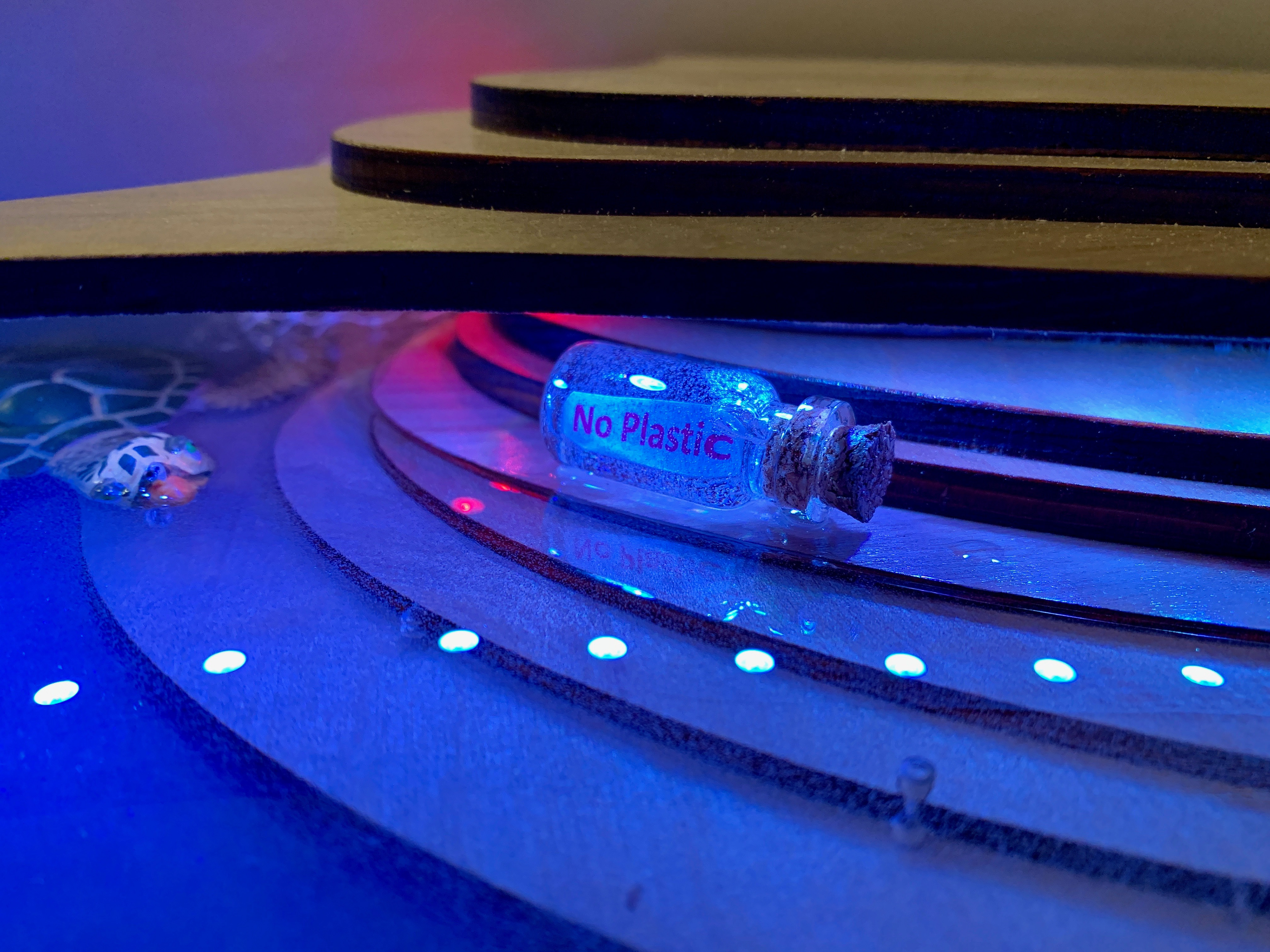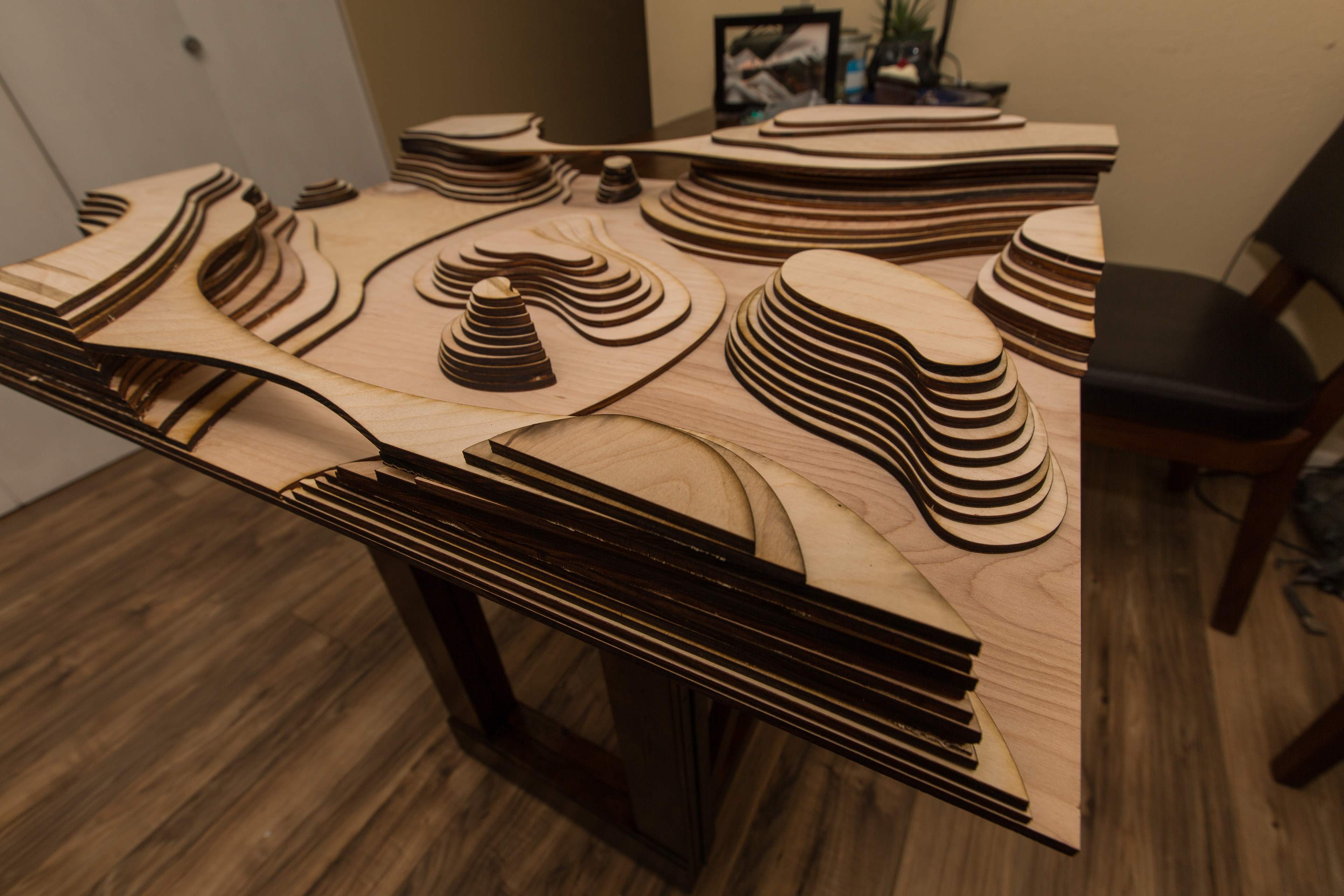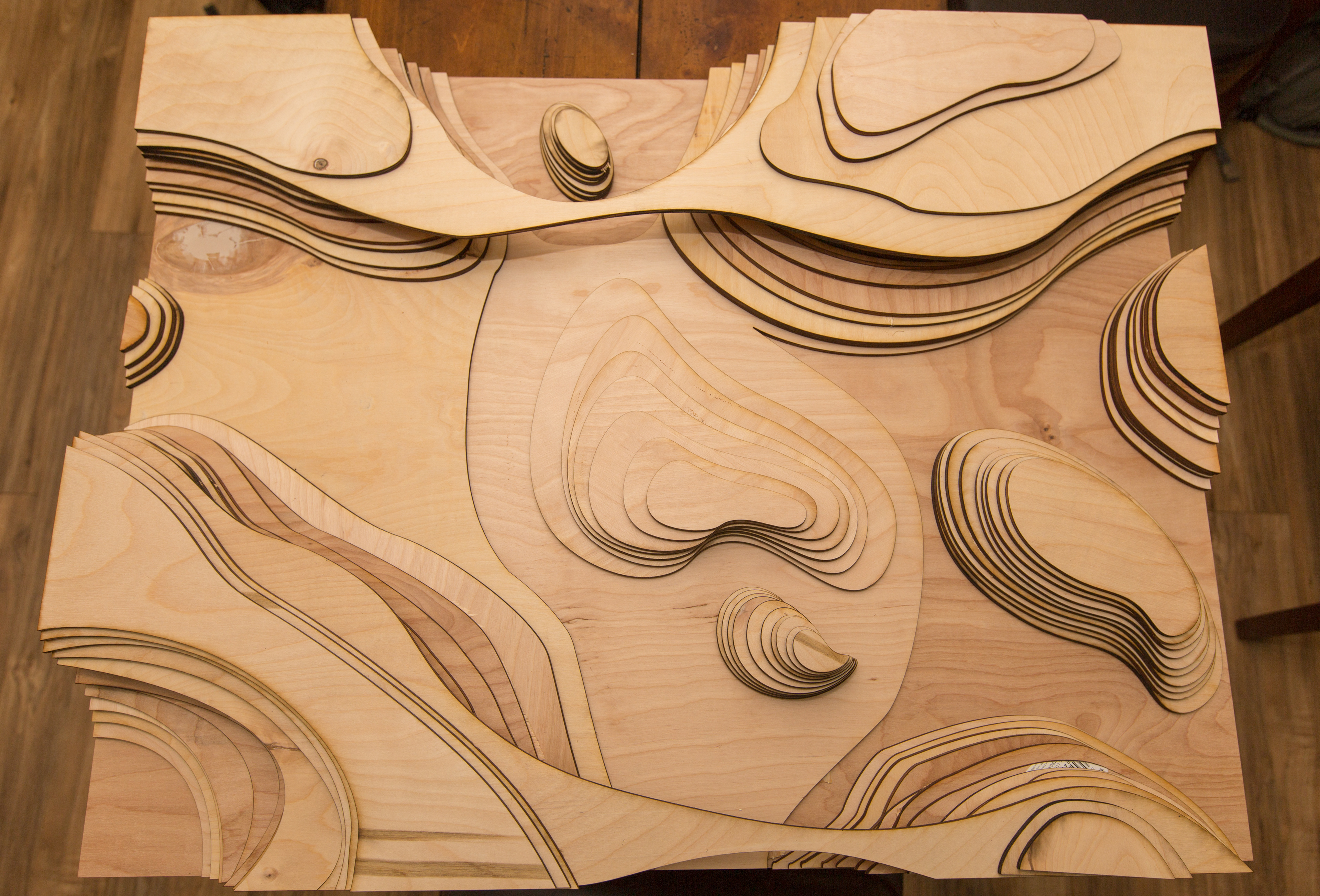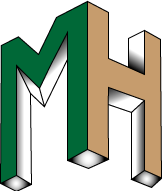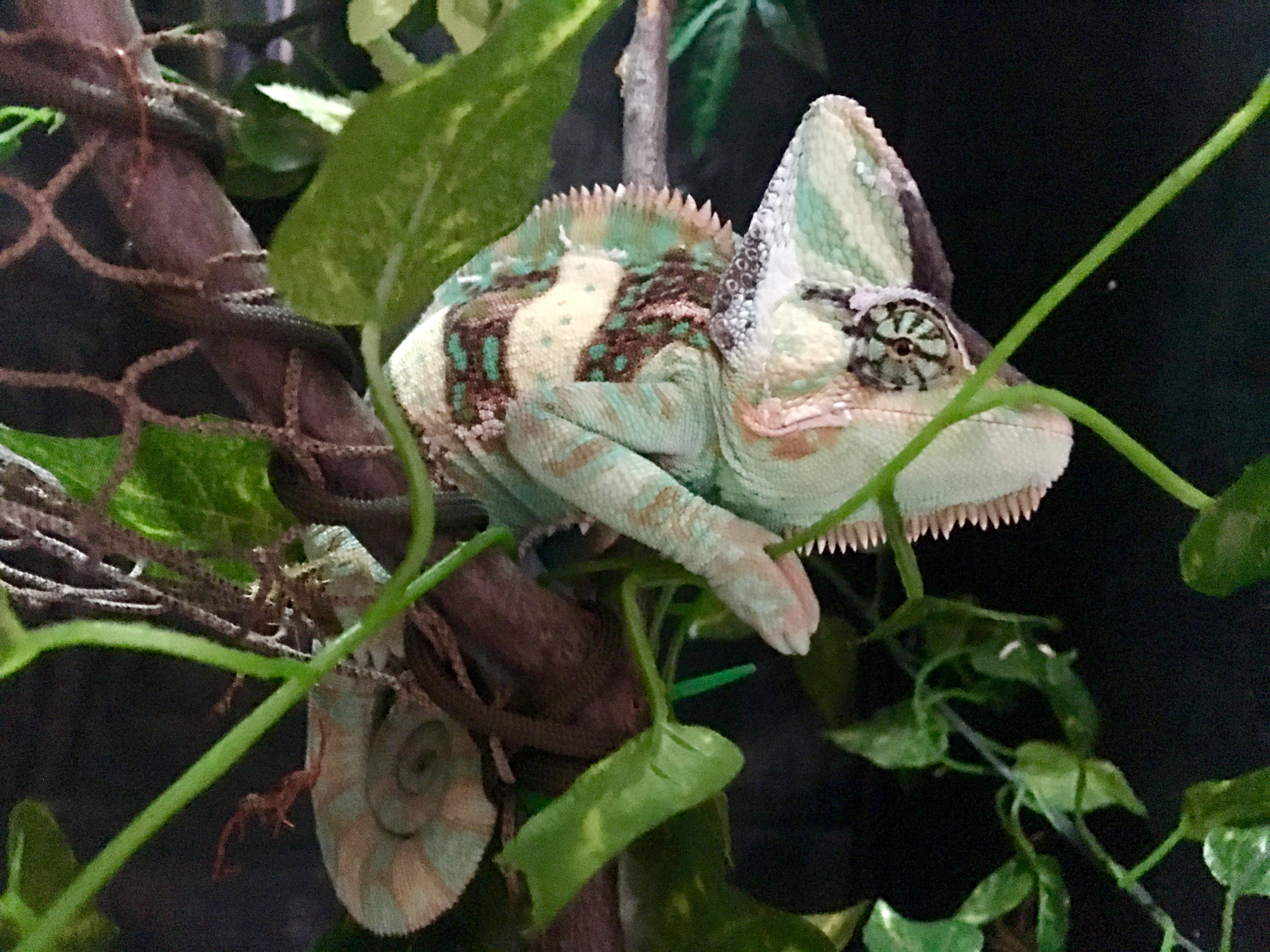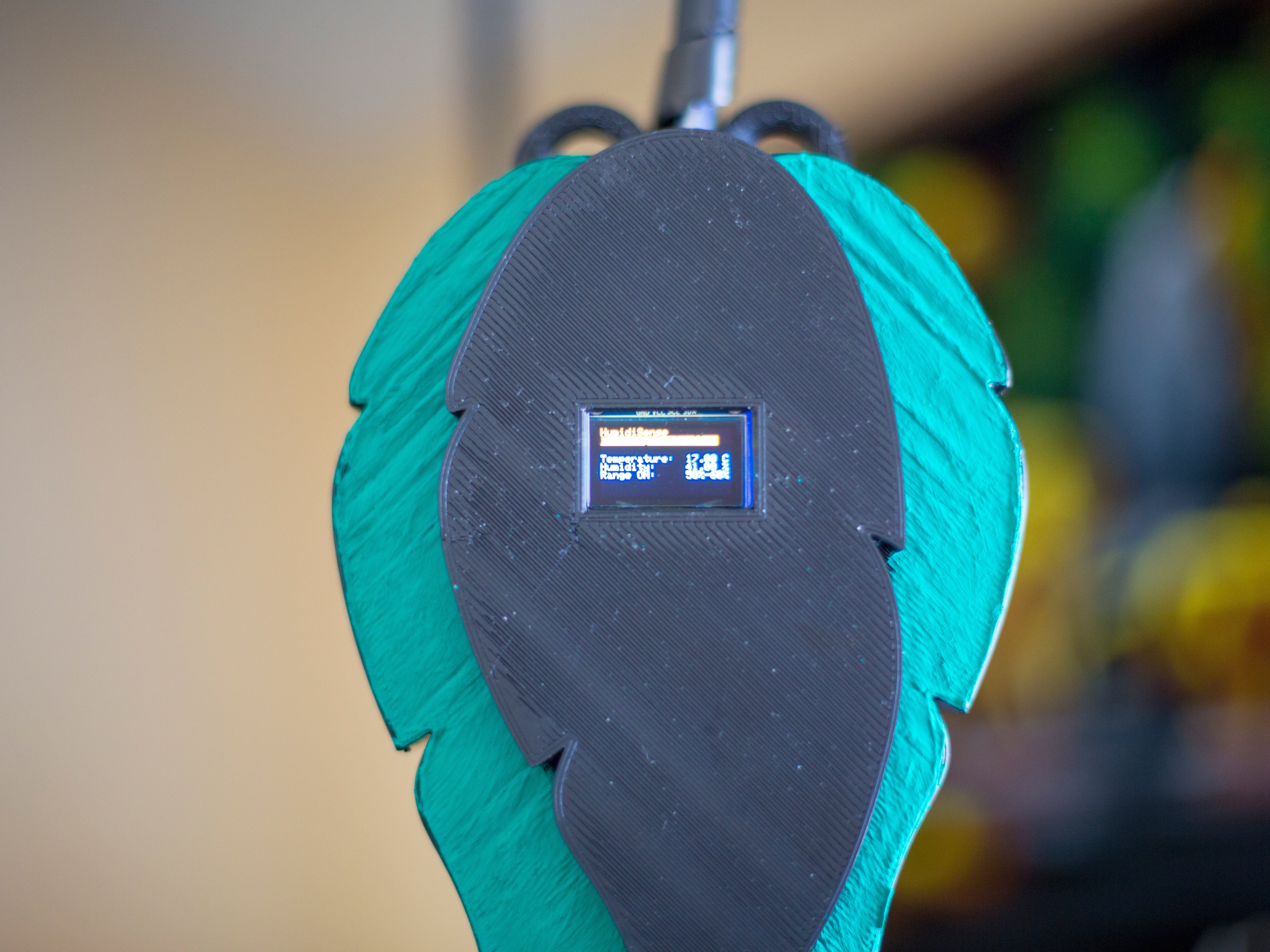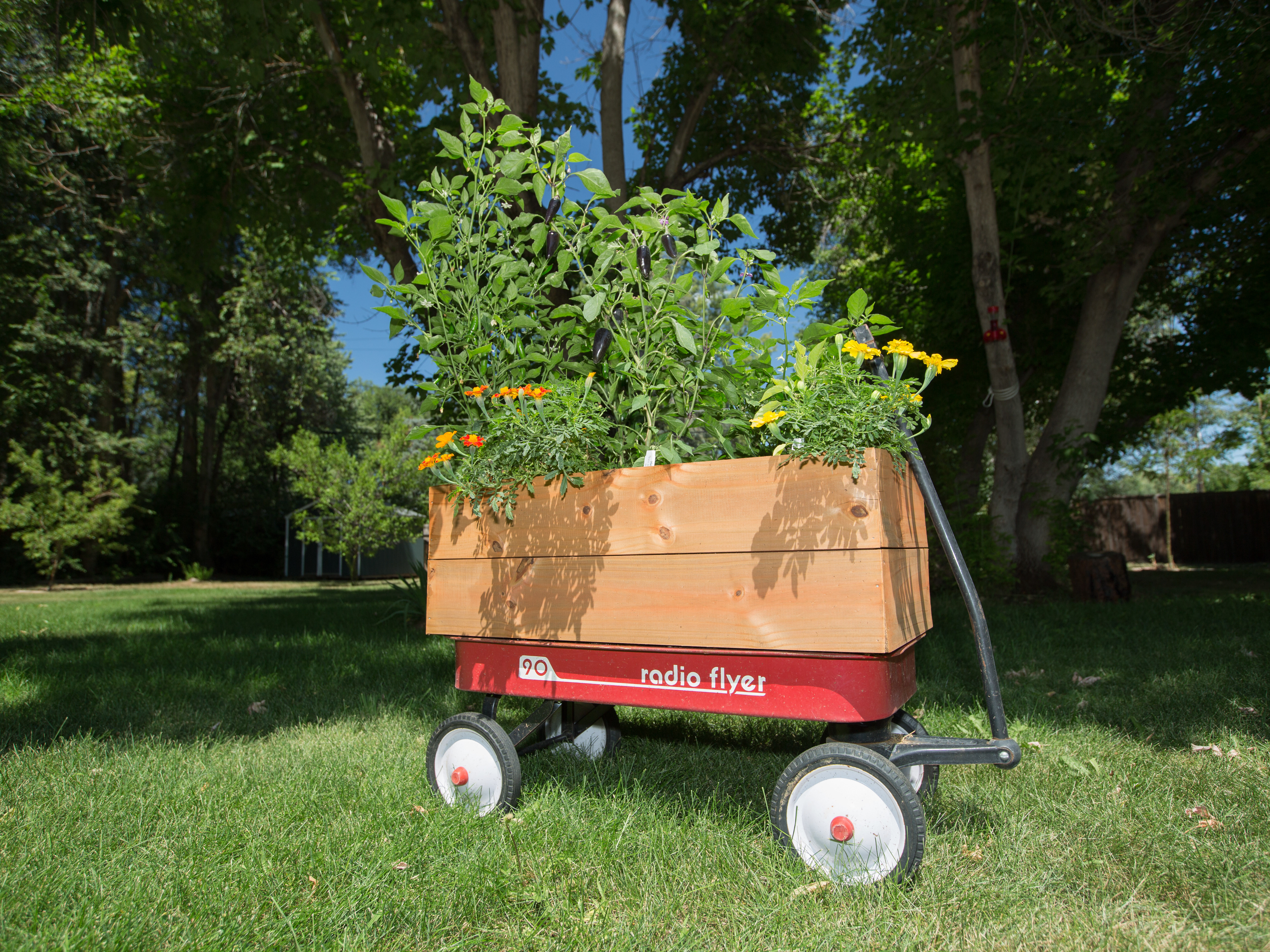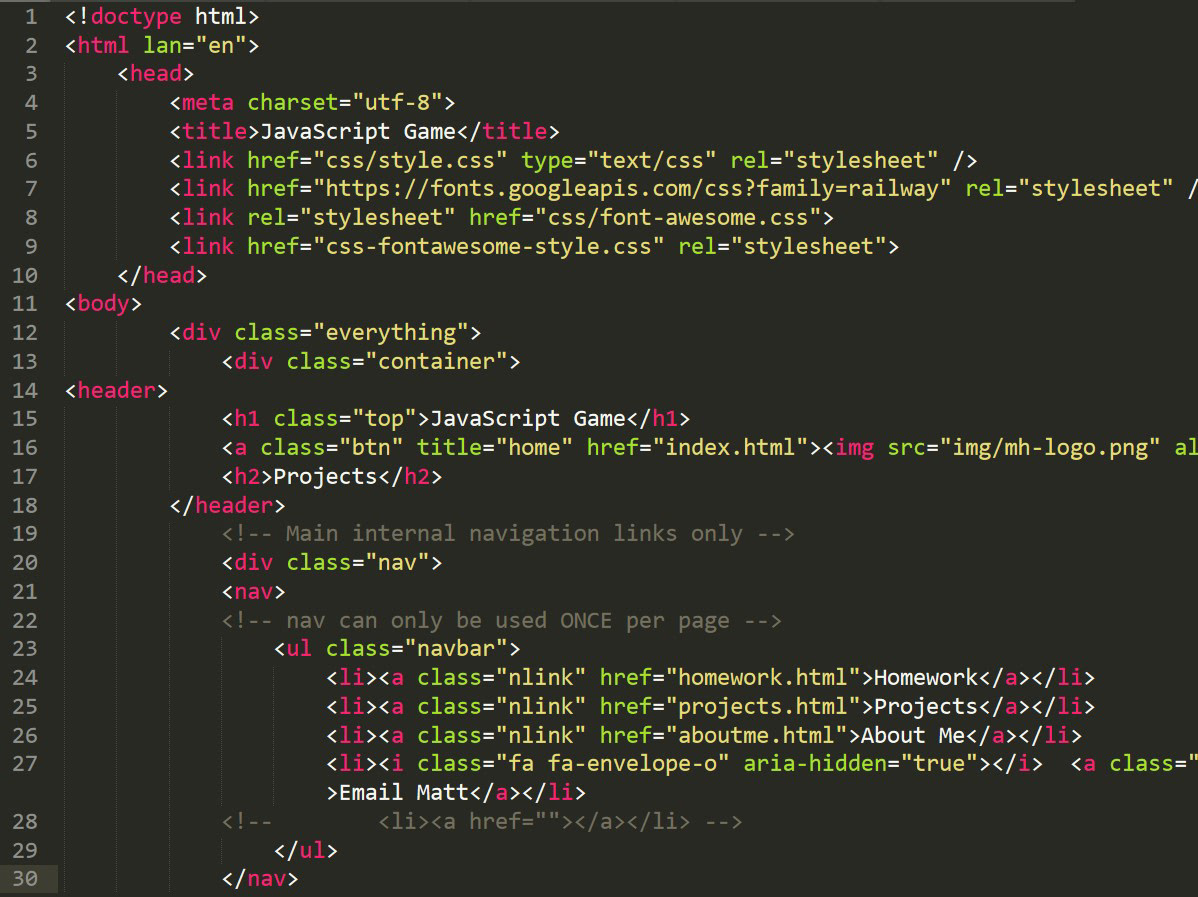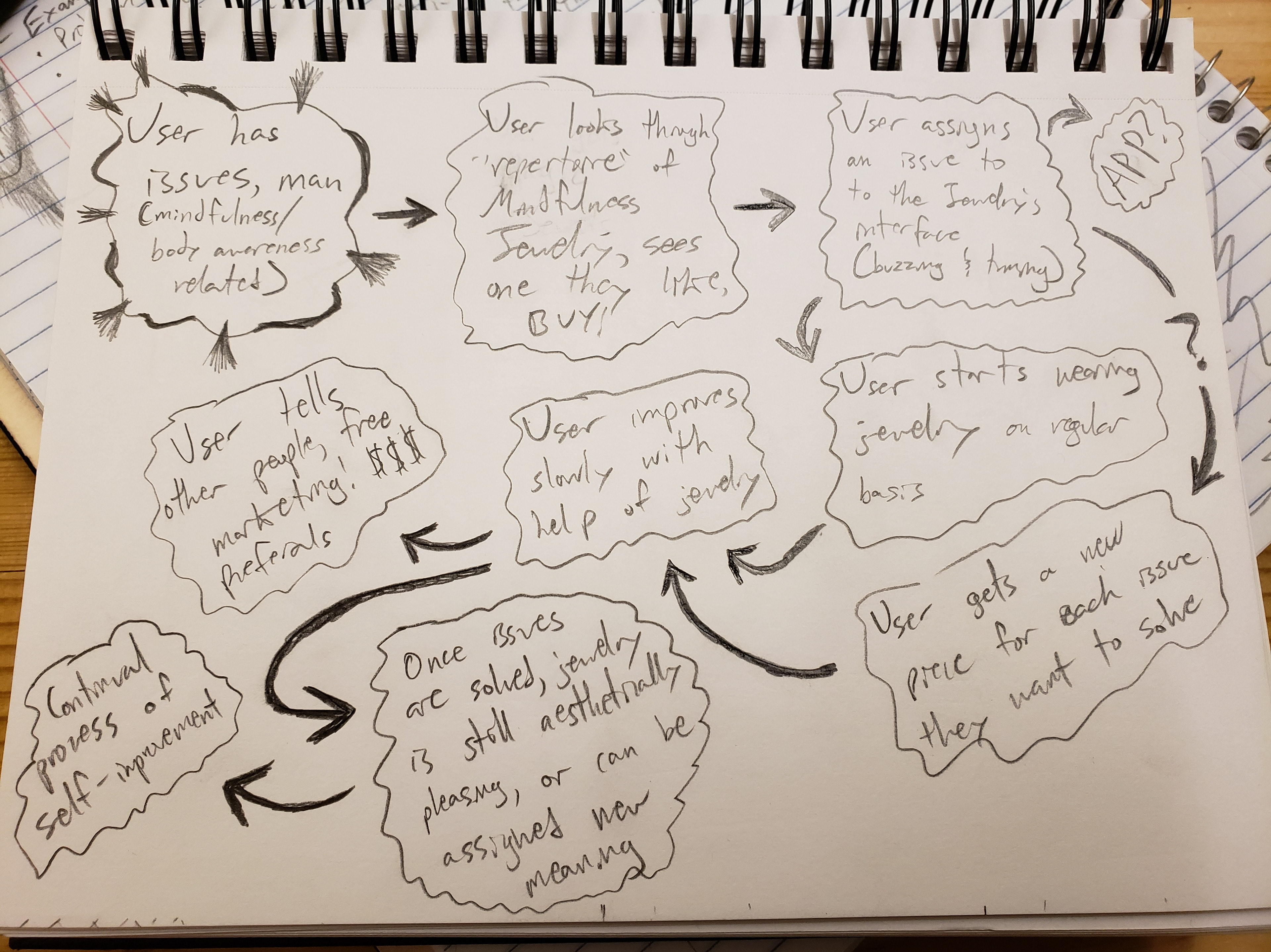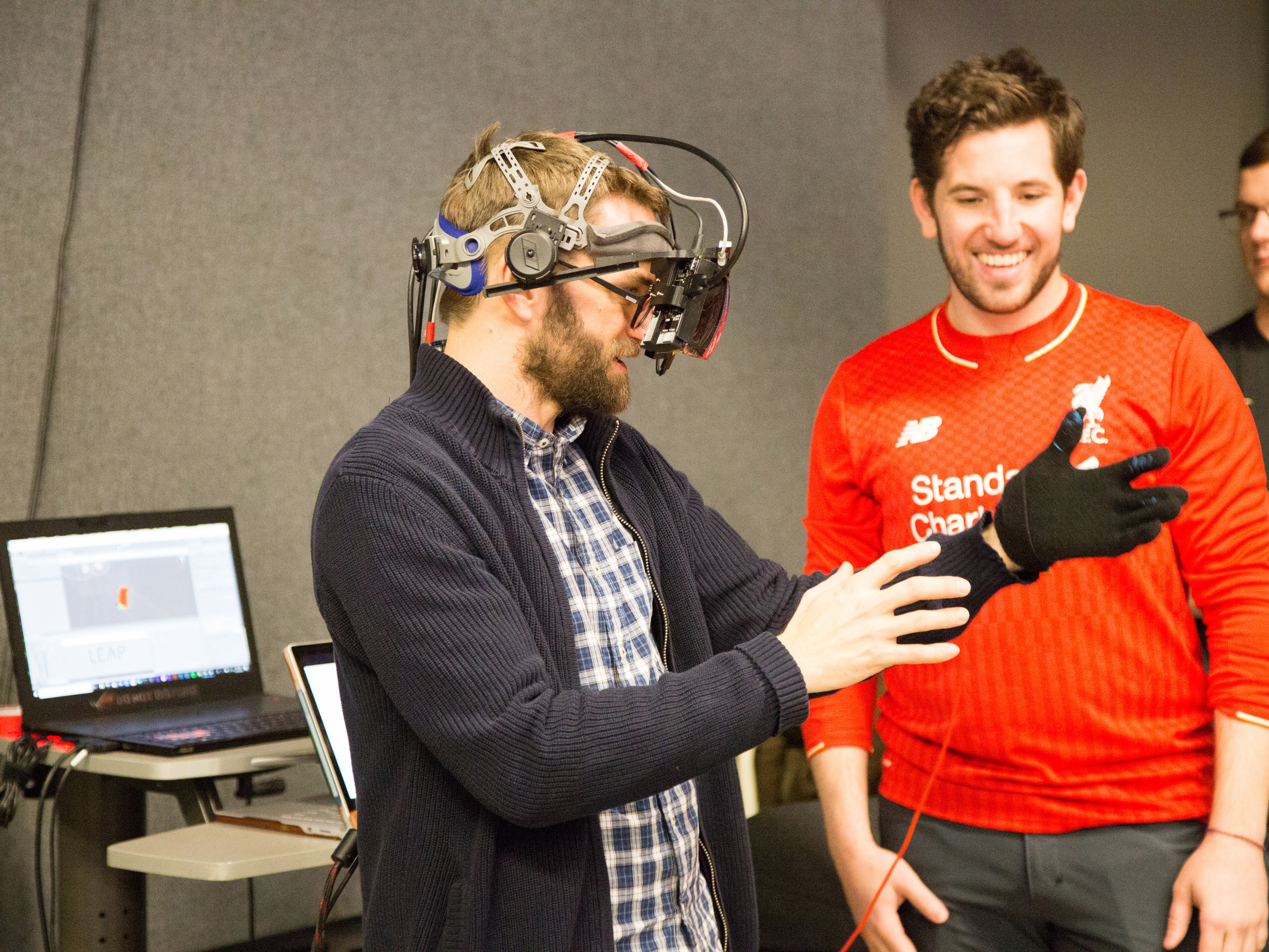With respect to the health of our oceans, Makai Table aims to spread awareness in a way that positively changes behavior. Using data from live tweets the artistic centerpiece is able to light up and help visualize the conversation people are having about hazardous plastics ending up in our oceans. Every little bit helps change the situation, and shifting habits is a great place to start.
Materials used include:
RGB LED Breakout - WS2821B
Arduino MKR1000 Microcontroller w/ WiFi
LiPo battery 3.7v 1200mAh
Silicone Casting Molds for resin
6" Wood Mixing Sticks
Crystal Clear Epoxy Resin 8.3 gal. total (1:1 resin & hardener)
20 8 oz. Clear Plastic Mix Cups for Epoxy
Mica Pigment Powder, Deep Blue Sea
Mica Pigment Powder, Ocean Blue
LED RGB Strip - Addressable, Sealed (1m)
Universal Mold Release 14 fl. Oz
3M Polyester Powder Coat Tape 2" x 72 yd
1/4" Birch 2x4 sheet, qty. 16
3/4" x 49" x 97" Melamine board
Shurtape HW-300 Sheathing Tape 2-1/2" x 60 yd.
Mirka Abranet 5" Mesh Grip Sanding Discs
LED RGB Strip - Bare (5m)
Heaterizer XL-3000 Heat Gun
TigerShark 5" Wet Sanding Discs 8-Hole
Varathane Gloss Spray, 8 cans
Varathane Sanding Sealer
3M Super 77 Spray Adhesive
3M High-Strength 90 Spray Adhesive
AECOJOY 16" Black Hairpin Legs
3-Terminal Wall Cable
Big Red Box Enclosure
Arduino Uno Enclosure, Black
Terminal Block - 6 position (15A, 600V)
Mean Well LED Switching Power Supply - 5VDC, 5A
Full documentation found HERE
To build this table meant to capture people's attention, I began the process by attempting to gather real-world bathymetry data (AKA underwater topography) yet found that to be somewhat of a dead-end in conveying the desired aesthetics. After many failed attempts to gather real-world data, I opted to draw everything by hand based off memory from a cavernous dive-site I took divers on years ago called "Sheraton Caverns" on the island of Kauai.
Using Adobe Illustrator I drew fourteen separate vector layers which were saved as .pdf files and sent to a laser cutter to cut the 1/4" birch wood.
Once the layers were cut, I sanded all the faces and began treating all of them with a clear-coat sealant (left to dry overnight) meant to limit air bubbles from the wood during the high-temperature epoxy pour later on.
Next, the layers were glued together using wood glue and clamps before letting them dry or "cure" for 24 hours.
While waiting for the various pieces to cure, a mold had to be created using white Melamine-coated wood (resin is hydrophobic and therefore will not bind to Melamine) with the inner dimensions matching those of the desired table outer dimensions of 25" x 18". Once all the pieces were cut, they were screwed together and the inside of the mold received a bead of silicone around the edges, then the entire inside was sprayed with an aerosol mold-release agent to make the extraction process easier.
LED strips were soldered together and linked in series between layers 9 & 10 prior to gluing, therefore concealing bright LED's from blinding a person's eye when gazing at the table. From that point, all the wiring was fed through a hole/tube through the bottom of the mold as the wooden structure was lowered into the mold.
Fifteen separate layers of Epoxy:Hardener mixed 1:1 were then poured, the first containing 2 tablespoons of Deep Ocean pigment, next with 1 tablespoon, and the remaining all clear to give the effect of looking into the depths of the sea.
18-24 hours were given between each pour layer to ensure proper curing of the resin. Special items were also placed within the table between resin pour such as small schools of fish, a message in a bottle, and a Green Sea Turtle with a small white plastic net that is a core component to the table. People love sea turtles and it is my believe that highlighting the plastic net on the turtle each time a Twitter ping comes through will have the greatest impact on the consumer.
Once the resin was cured, the table was released from the mold, sanded, and polished to a fine sheen. An Arduino MKR1000 WiFi-enabled micro-controller was then connected to the wiring from the bottom to control the lighting. Flowing shades of blue pulse throughout the table, but as live Tweets are made pertaining to plastic in our oceans the white net over the turtle is specially illuminated red to catch the user's eye.
